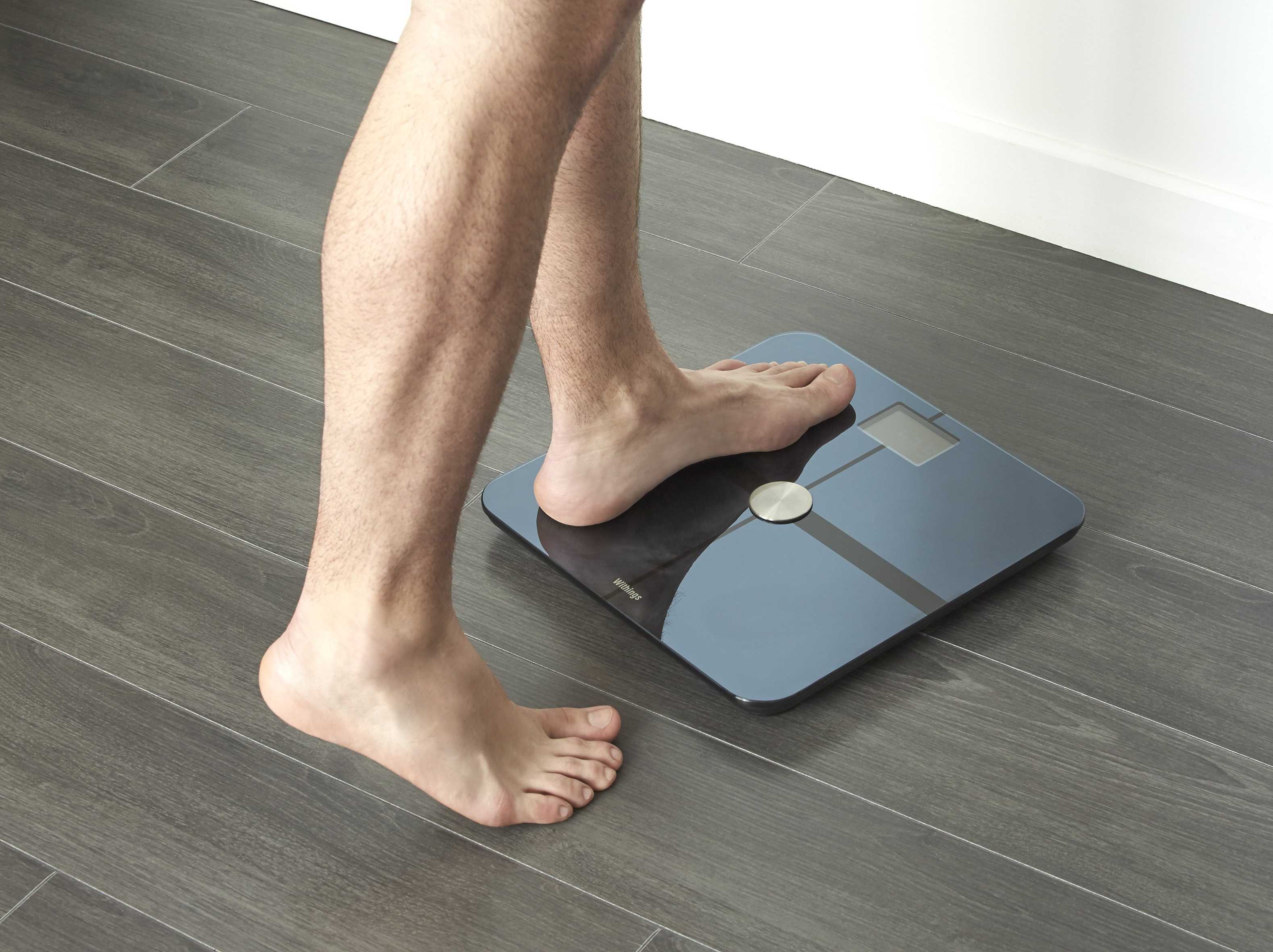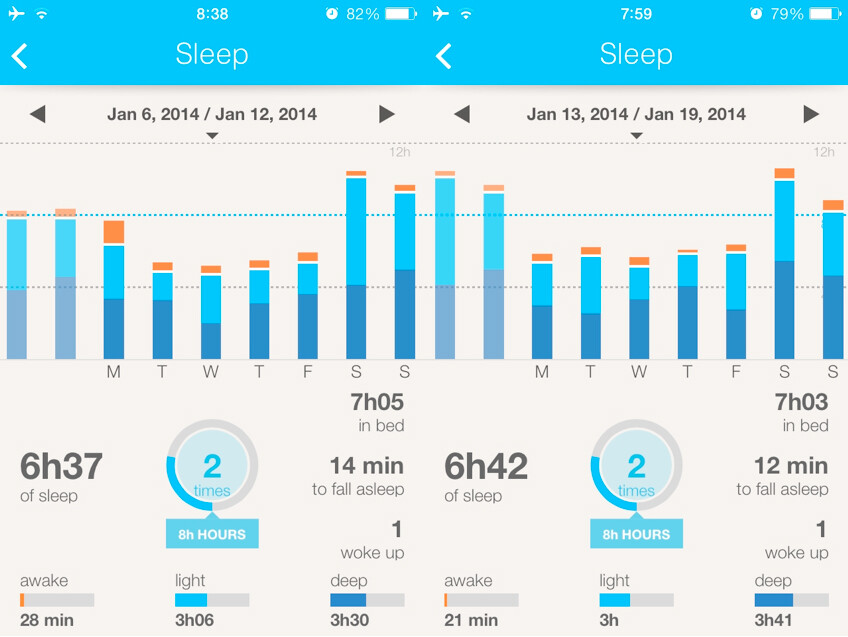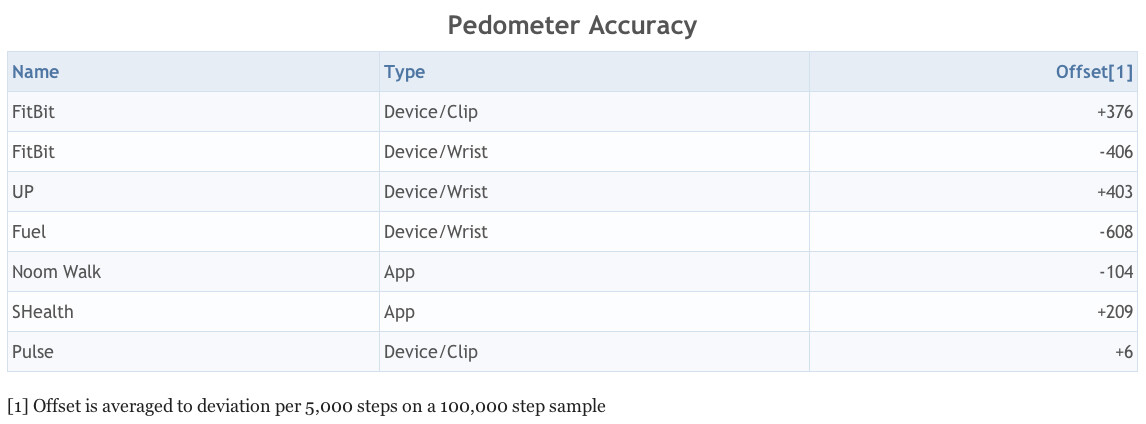
I’m not going to write a testimony of a large weight loss. Don’t get me wrong: moving to a healthy body weight and doing every effort for accomplishing that goal is really important. There are thousand of studies that can prove that, so I’ve nothing to add here. I guess anybody interested in what Withings means, is motivated enough to try to accomplish their goals. So what’s this? This is a story of insights and discovering. And it goes as any motivating story should go: self-experiment, tracking, measuring one’s responses to the challenges one chooses for their own. Seen that way, I can start this story by what very easily could be its own conclusion: that the Withings ecosystem for health tracking and maintenance is a really interesting and good place where to start, stay and progress. Now, to the details:
Withings’ 360° health tracking solution
I downloaded the free Withings Health Mate app last summer, because I found it very useful to have integrated some interesting data about my body and health that no other app seemed to be able to do.
There are a lot of trackers and apps there, but most only focus on activity and maybe weight, where the latter must be added daily to the app manually. I find this really valuable, of course, but as a health conscious person and also as a data-aware guy, I didn’t believe an activity tracking to be telling me the entire story my health was about.
Track all your activity, not just your gym sessions
I saw that most wearables at the time were of two types:
- Those for fitness obsessed people, who could find amazing (truly expensive) watches and devices for tracking every training session they had in a very detailed and accurate manner. Nevertheless, virtually all those devices were designed to be worn for the training time or duration of exercise only.
- Those for sedentary people who wanted to lose body weight and who are meant to be worn the whole day so to stay motivated to move more, in order to burn the spare fat.
Well, I wanted more, I wanted to be able to controll, monitor, track, store and synchronize as much of my body’s data as possible. The Health Mate app allowed me to track and synchronize two important variables most of the other apps do not list:
And it is done automatically.
” I’ve been able to learn some important things about my body and my health which I wouldn’t have been able to learn hadn’t I had this whole health ecosystem made possible by Withings. ”
Enter the Withings ecosystem
Not long after I downloaded the app and was using it, I pre-ordered my Withings Pulse activity tracker, which arrived sooner than expected. I paired it to the Health Mate app and also connected the rest of the options and apps they allowed there:
Indeed, I had what I had been looking for for so long: a health tracking system, not a mere activity tracker or a fitness logging one. It’s been more than nine months since that, and I’ve been able to learn some important things about my body and my health which I wouldn’t have been able to learn hadn’t I had this whole health ecosystem made possible by Withings, integrated in the Health Mate app.
I’m not going to write about activity or sleep patterns, because I already did it last August, and anybody can read about that just they’re interested in.
” I’m a data-aware person who has found how to be healthy and moderately fit. “
 Insights, discoveries and health
Insights, discoveries and health
This time I’m going to speak, as promised, about insights, discoveries and health. All derived from my experience with Withings.
I should first say that although I’ve a formation as a scientist, what you’re reading below doesn’t pretend to be a scientific document nor tries to prove anything,
It’s rather about the really great knowledge you could gain about yourself, the most important person on Earth that you should take care of before trying to do anything more (you can’t do things for the people you love if you’re going to get diseased along the way, right?).
I also humbly think that my words could be of some help because I’m an average middle-aged person, who doesn’t do any scheduled training, who is not a gym rat nor “exercise” in a regular manner and who has a really busy life with a full time consuming and stressing job.
I’m not the fitness nut enthusiast that can be seen as far as not to be worth trying to do any effort to know about for a real human being like you. Rather I’m a data-aware person who has found how to be healthy and moderately fit just by the correct use of what quantified self movement and some pioneer companies had brought to us, to you and me. The power is there, the tool is here, so here we go!
Interesting discoveries and aha! moments
Gathered during these months, thanks to Withings integrated health ecosystem and Health Mate Apps (web and smart-phone based):
1. I’ve definitely seen that any body weight variation my body does, whether up and down, it’s because a variation in body fat.
Period. Lean massremains pretty the same independently of whole mass variation. This is important, because one tends to think that muscle grows or that metabolism speeds up just when one gains some weight. This is not the case if you aren’t actually doing some resistance exercise for muscle growing stimuli.
2. The bidirectional connection between Withings and MyFitnessPal is an asset.
As far as you are active, Withings tells to MyFitnessPal you can eat more and deserve a treat. But also MyFitnessPal synchronize to Withings the meals you log there, so you can extract you own conclusions and make your decisions on the fly, almost on real time.
” You could find you’ve ingested a few tens of kcal above your caloric expenditure at some moment, and you may decide to go for a walk for being on balance again. “
This is really interesting and helpful, because you could find you’ve ingested a few tens of kcal above your caloric expenditure at some moment, and you may decide to go for a walk for being on balance again. This is motivating and practical. The Withings Health Mate app does it easy to see and understand.
In my case, the use of this invaluable connection has made me realize about an amazing insight I wasn’t aware of: that there is (for me and my particular circumstances) a day of the week when I tend to overeat, week after week, with no exception: on Wednesdays.
Of course, this knowledge becomes an option to be able to take some action, or at least to pay more attention to my behaviour around meals on Wednesdays. I’ve been given a chance to improve, and that’s why I want all tracked data for – not only for looking at some beautiful graphs and coloured numbers on a screen.
 3. The overeating on Wednesdays seemed to follow the pattern of my weekly cycle of decreasing sleep time (my own Achilles’ heel).
3. The overeating on Wednesdays seemed to follow the pattern of my weekly cycle of decreasing sleep time (my own Achilles’ heel).
The correlation goes from Saturday to Friday, week by week, with the lowest value being usually on Wednesdays. So, the stress, the lack of sleep and the relative caloric fluctuation went hand on hand. Here’s a sample view of my sleep pattern, over a pair of typical weeks.
” I end with a sleep deficit of almost one and a half hours a day, which is translated as an overeating day a week. “
I recover some sleep on weekends, but as it’s seen, the average time over the course of a week is around 6:30 hours, so I end with a sleep deficit of almost one and a half hours a day, which is translated as an overeating day a week that compensates any effort of diet I had had during the rest of the week days.
” Thanks to the whole picture brought by Withings Health Mate and their health ecosystem, I can now see this kind of things that were hidden before even in front of my eyes. “
In the end, this is making more difficult to lose weight on long term. Thanks to the whole picture brought by Withings Health Mate app and their health ecosystem, I can now see this kind of things that were hidden before even in front of my eyes.
4. The knowledge I’ve gained from Withings automatic connection with RunKeeper.
I’d been using this app for some time before I started using Withings. As I told before, I don’t follow any schedule for exercise, so I do use this app mainly for tracking my usual long walks. I said I’m not a fitness nut, but as a health conscious person I do proactive choices in order to stay healthy.
- One of them is to walk at every chance I have. And the best way to do this often and make it a habit is to incorporate it to a routine activity you must do every day, or at least every workday. So, I decided years ago to do all my commuting to work by feet. This means to be active, although you didn’t want to call this an exercise. I track my first walking in the morning with RunKeeper, as it’s about 5 miles (8 km) and I do it non-stop mode, so I consider it kind of a moderate activity.
” Over time, Withings has allowed me to see some interesting interconnected patterns among body weight (linked to body fat as we saw), caloric expenditure and exercise intensity. “
- Soon after I save this workout, I can see it on Withings, and the energy spent in it is also taken in account for the daily calculations and synchronized to MyFitnessPal. Over time, Withings has allowed me to see some interesting interconnected patterns among body weight (linked to body fat as we saw), caloric expenditure and exercise intensity.
Comparing all those workouts, I’ve seen that it’s not when I exercise intensely, but when I do it moderately and for long times, when I tend to lose weight and to burn the most calories.
This is not so strange as it sounds, because when I am active along the day I walk more steps, cover more kilometers, focus less in eating, feel less hunger and burn more calories than when I try to substitute all that continue and moderate activity by some bursts of high intensity exercise (say one run now and then).
” Only having all data connected at every aspect of health variables let one realize things like these. “
The latter make me hungrier and let me more tired, so I find me eating all the calories burnt, at least. Only having all data connected at every aspect of health variables let one realize things like these.
” I’m taking my own choices, and Withings has built the tools that allow me to make them. “
Of course this is my experience and it can only be viewed as that. I’m not saying vigorous activity to be of no importance, and in fact it can be seen it burns a lot of calories too, while it works some other important aspects of fitness and cardiovascular conditioning. I’m taking my own choices, and Withings has built the tools that allow me to make them.
5. Last, but not least, Withings allows you to follow closely your cardiovascular health.
It does so by letting you measure your heart rate and blood pressure at any time and incorporate these data to the whole system.
- I can see what makes my heart rate increase over time,
- I can see what choices help me to decrease my blood pressure or to get more healthy values for it.
In my case, after more than half a year of measuring these variables almost every day, I’ve observed that the main influencer on my heart rate is weight. The other variables don’t make any significant difference for me, even amount of exercise at the level I could do. On the other hand, I’ve been able to see a pattern on blood pressure, where the intensity of exercise makes some difference for systolic pressure:
- The most intense the exercise, the less systolic pressure (not taken just after the exercise, of course, but at rest).
- The diastolic value is pretty constant along time, no matter what I do regarding activity time, intensity or how much my weight varies.
6. The release of the Withings activity badges rewarding system.
You earn nice virtual badges as you accomplish intermediate goals to your health, as maybe for distance covered or elevation gained while wearing your Withings Pulse. For instance, in my case I’ve already unlocked a lot of them.
- These are motivating if you like to collect them and see what’s the next.
- You also can challenge anybody to get the most of them or to get some of them before the other competitor.
- You would find in it another fun game to take you active.
So this is my review of the Health Mate app and whole health ecosystem that Withings has created. I’ve found it really helpful for taking in account a large amount of variables and interconnected apps and devices and putting all the extracted data, once munched by their algorithms, in clear graphics and tables that allow an average person wanting to get, maintain or improve their health to accomplish it in an easy and understandable way without being a geek, and even enjoying it by the way.
To your health!
A testimonial written by Martin Bragg, the “Natural Data Hunter“. A big thank you to Martin for sharing his insights.



